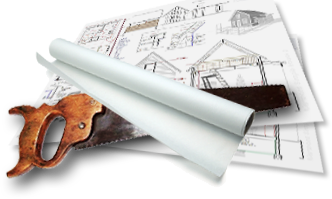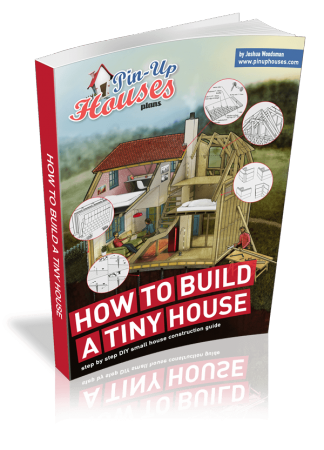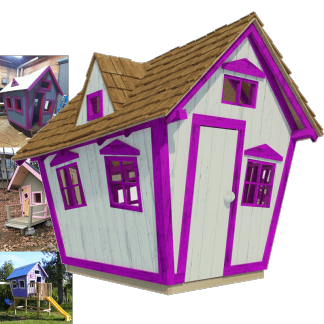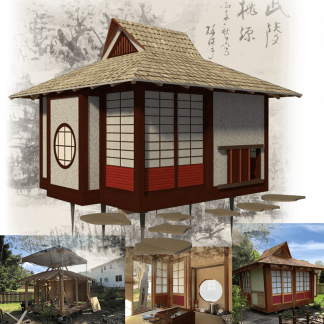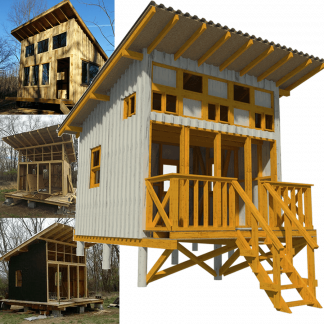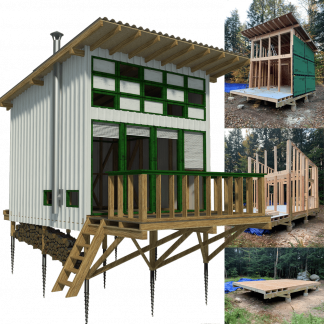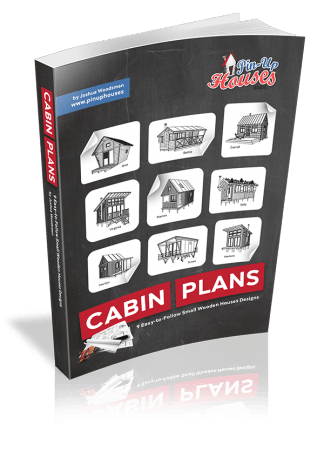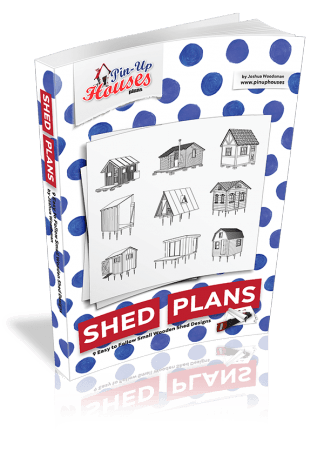Introduction
There is something inspiring about the idea of building a small or off-grid home. It feels simple, efficient, and free from the complications of traditional construction. But at AlphaNova Roofing, we often speak with homeowners who ran into unexpected challenges along the way. What looks easy on paper can turn into costly repairs and regrets if key decisions are overlooked. This blog was written to help you avoid the most common pitfalls we see when working with compact and off-grid builds. Whether you are dreaming of a tiny home in the forest or a secondary suite in the city, these tips can help you start on the right foot.
Mistake 1: Assuming Less Space Means Fewer Challenges
Smaller homes often require even more intentional design than large ones. Space limitations can make ventilation, structural support, and layout more complex. A compact footprint means every system, including your roof, walls, and insulation, needs to work together perfectly. Skipping the details can create big problems in a small space.
Mistake 2: Choosing Materials Based on Price Alone
Budget is always important, but cutting corners on materials can backfire. In off-grid homes, especially, you need durable, low-maintenance products that can handle weather extremes. For example, working with Metal Roof Experts can help you choose high-performance roofing that supports rain collection and energy efficiency. Think long term when selecting what your home is made of.
Mistake 3: Overlooking Insulation and Ventilation
Tiny homes are more vulnerable to heat and moisture buildup. Without proper insulation and airflow, you might face condensation, mold, or uncomfortable temperature swings. These issues are not just inconvenient, they can shorten the lifespan of your home. Plan your roof and walls with insulation and venting in mind from the very beginning.
Mistake 4: Forgetting About Rainwater and Drainage
Many off-grid homes rely on rain collection, but your roofing and gutter system need to support that. Without the right pitch, overhangs, and downspouts, you could lose valuable water or damage your foundation. Partnering with a team like ORMA Gutter Solutions can ensure your gutter system is designed for proper drainage and long-term protection. Even if you are not harvesting rain, water management should never be an afterthought.
Mistake 5: Doing It All Without Help
DIY building can be deeply rewarding, but even experienced builders benefit from professional advice. From structural engineering to roofing choices, a consultation can help you catch potential issues before they become expensive fixes. And when it comes to safe digging for foundations or utility work, calling professionals like Safe Choice Locators is a smart move. You do not have to hand over your whole project, just get guidance where it counts.
Mistake 6: Not Checking Local Building Codes
Whether it is a rural cabin or a backyard laneway home, permits still apply. Ignoring code requirements can lead to fines, delays, or having to redo parts of your build. Make sure your design meets local rules for roofing, electrical, plumbing, and safety. A little paperwork now can save you a lot of trouble later.
Conclusion
Building a small or off-grid home is an exciting journey, but it is not as simple as it may seem. Every detail matters, from materials and insulation to drainage and compliance. The more intentional your planning, the more likely your home will be comfortable, efficient, and built to last. If you have questions or want to talk with someone about the roofing side of your small home project, reach out.

